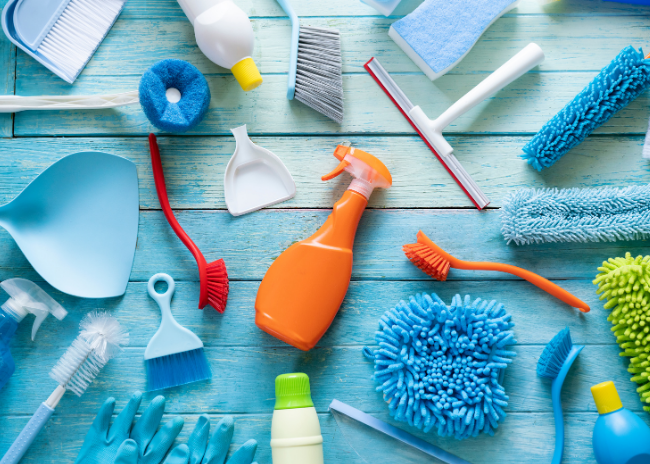The importance of proper cleaning and sanitizing has been put in the spotlight with the pandemic; customers today expect restaurants to go above and beyond what was once standard.
Foodservice operators that want to take cleaning and sanitizing to the next level should start with appropriate training, according to Los Angeles-based food safety/HACCP expert Jeff Nelken. “We need to reexamine our job descriptions and expectations around sanitation and safety,” he says. “We can’t rely on the learning principals we’ve been using for generations. Simplify them down to key points and update the methods to increase employee engagement.”
Nelken recommends creating a master checklist for hourly, daily, weekly and monthly cleaning and sanitation tasks, then meeting with staff for their input to firm up the protocol. When hiring new supervisors or employees, don’t assume their previous cleaning and sanitation training was adequate.
“Put the training program on reset,” Nelken says. “I ask new supervisors to write down the five things they do first when arriving at work [to gauge where they are at with in relation to our protocol].”
Being specific regarding expectations ensures staff follows procedures. Because frequently touched spots tend to be missed the most when cleaning and sanitizing, Nelken suggests putting the onus on employees to pay attention to these areas is key. “I put a blue dot sticker on frequently touched spots as a reminder of what needs added attention throughout the day,” Nelken says.
Thoroughly train staff on how to safely use each chemical and the necessary personal protection equipment — mask, gloves, eye protection, etc.
If hiring a third party for deep cleaning throughout the week, share the restaurant’s policies with the vendor. “Whether they’re bringing their own chemicals or using those in-house, observe them at first to ensure the proper protocols are being followed,” Nelken says.




